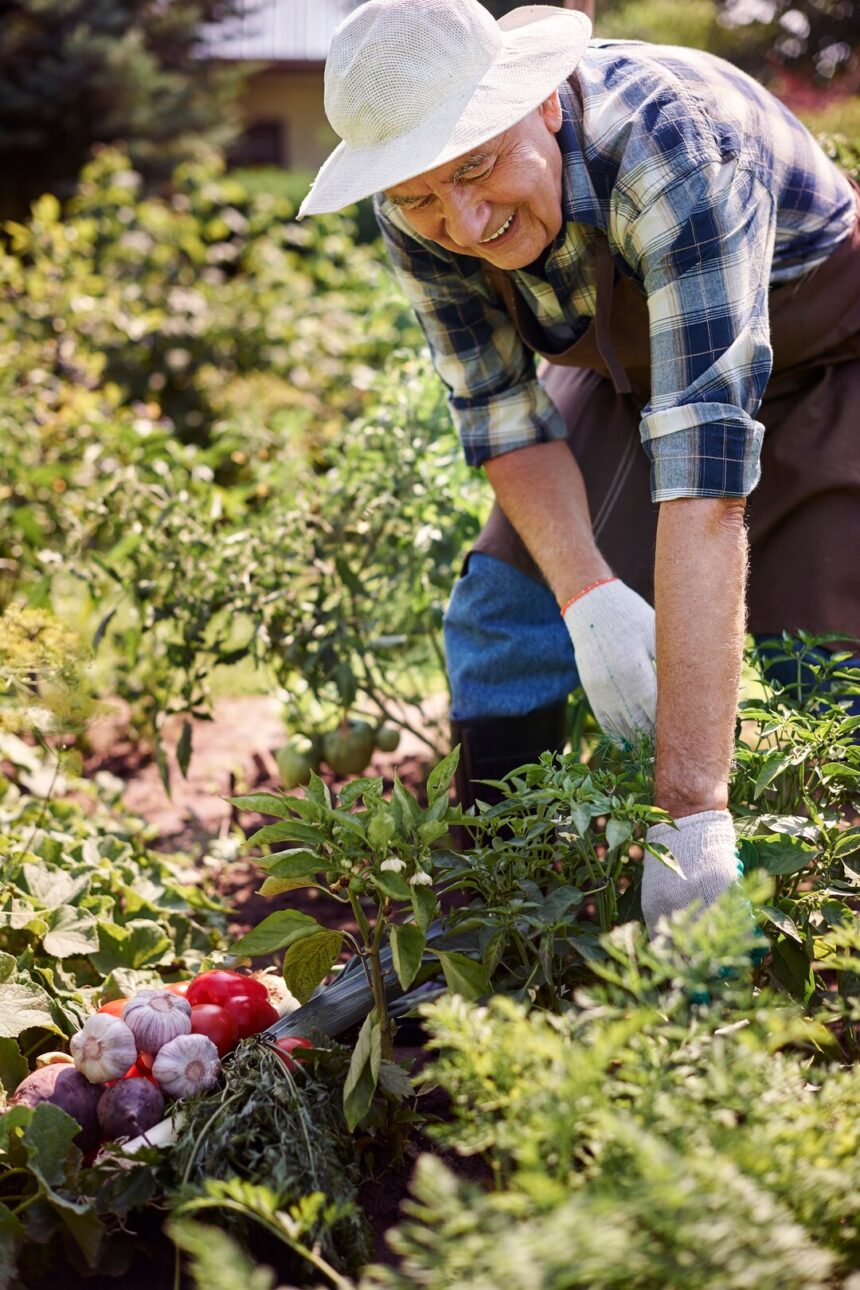Companion planting is an age-old gardening technique that involves planting different crops together to enhance their growth, deter pests, and improve overall yields. By harnessing the natural relationships between plants, gardeners can create harmonious ecosystems that promote biodiversity and resilience in the garden. From deterring pests and attracting beneficial insects to enhancing soil fertility and maximizing space utilization, companion planting offers numerous benefits for both home gardeners and commercial farmers alike.
1. Pest Management:
One of the primary benefits of companion planting is its ability to naturally repel pests and reduce the need for chemical pesticides. Certain plants, such as marigolds, basil, and garlic, emit strong scents or compounds that deter common garden pests like aphids, nematodes, and cabbage worms when planted alongside susceptible crops.
2. Attracting Beneficial Insects:
Companion planting can also attract beneficial insects that prey on garden pests, helping to maintain a balanced ecosystem and reduce pest populations naturally. Plants like dill, fennel, and yarrow attract predatory insects like ladybugs, lacewings, and parasitic wasps, which feed on aphids, caterpillars, and other harmful pests.
3. Enhancing Soil Fertility:
Certain companion plants have the ability to improve soil fertility by fixing nitrogen, enhancing nutrient uptake, or suppressing weeds. Legumes like peas and beans, for example, have nitrogen-fixing nodules on their roots that enrich the soil with nitrogen, benefiting neighboring plants like tomatoes, peppers, and cucumbers.
4. Maximizing Space Utilization:
Companion planting allows gardeners to make the most of limited garden space by intercropping compatible plants that thrive together. Tall, sun-loving crops like corn can provide shade and support for climbing vegetables such as beans or cucumbers, while ground cover plants like squash or melons can suppress weeds and conserve soil moisture.
5. Improving Pollination:
Some companion plants attract pollinators like bees, butterflies, and hummingbirds, which are essential for fruit set and seed production in many crops. Flowers like lavender, borage, and sunflowers provide nectar and pollen for pollinators, increasing pollination rates and fruit yields in nearby crops like tomatoes, peppers, and strawberries.
6. Disease Prevention:
Certain companion plants possess natural properties that can help prevent diseases in susceptible crops by acting as natural fungicides or repellents. Plants like chives, thyme, and calendula have antimicrobial properties that can inhibit the growth of fungal pathogens like powdery mildew or damping-off disease when planted nearby.
7. Enhancing Flavor and Aroma:
Companion planting can also improve the flavor and aroma of certain crops by influencing their growth and development. Herbs like parsley, sage, and cilantro planted alongside vegetables can impart their unique flavors and aromas, enhancing the culinary experience and encouraging garden-to-table cooking.
8. Creating Visual Interest:
In addition to their practical benefits, companion plants can add visual interest and beauty to the garden, creating a diverse tapestry of colors, textures, and shapes. Mixing flowers, herbs, and vegetables in the garden not only attracts pollinators and beneficial insects but also enhances the overall aesthetic appeal of the garden space.
In conclusion, companion planting is a time-tested gardening technique that offers numerous benefits for enhancing crop growth naturally. By harnessing the synergistic relationships between plants, gardeners can create healthy, vibrant ecosystems that promote biodiversity, resilience, and productivity in the garden. Whether you’re a novice gardener or an experienced farmer, incorporating companion planting into your gardening practices can help you achieve sustainable, bountiful harvests while reducing reliance on chemical inputs and promoting ecological balance in the garden.









